Refine search
Actions for selected content:
48287 results in Computer Science
Index
-
- Book:
- Formal Languages in Logic
- Published online:
- 05 December 2012
- Print publication:
- 08 November 2012, pp 273-275
-
- Chapter
- Export citation
Copyright page
-
- Book:
- Formal Languages in Logic
- Published online:
- 05 December 2012
- Print publication:
- 08 November 2012, pp iv-iv
-
- Chapter
- Export citation
Chapter 4 - How wedoreason – and the need for counterbalance in science
- from Part II
-
- Book:
- Formal Languages in Logic
- Published online:
- 05 December 2012
- Print publication:
- 08 November 2012, pp 113-160
-
- Chapter
- Export citation
Contents
-
- Book:
- Formal Languages in Logic
- Published online:
- 05 December 2012
- Print publication:
- 08 November 2012, pp v-vi
-
- Chapter
- Export citation
TLP volume 12 issue 6 Cover and Back matter
-
- Journal:
- Theory and Practice of Logic Programming / Volume 12 / Issue 6 / November 2012
- Published online by Cambridge University Press:
- 06 November 2012, pp. b1-b2
-
- Article
-
- You have access
- Export citation
Pearls of Functional Algorithm Design, by Richard Bird, Cambridge University Press, September 2010, £35.00, US $ 60.00. ISBN: 978052151338 (hardback), 286pp
-
- Journal:
- Journal of Functional Programming / Volume 23 / Issue 2 / March 2013
- Published online by Cambridge University Press:
- 06 November 2012, pp. 226-227
-
- Article
-
- You have access
- Export citation
A PDTB-styled end-to-end discourse parser
-
- Journal:
- Natural Language Engineering / Volume 20 / Issue 2 / April 2014
- Published online by Cambridge University Press:
- 06 November 2012, pp. 151-184
-
- Article
- Export citation
TLP volume 12 issue 6 Cover and Front matter
-
- Journal:
- Theory and Practice of Logic Programming / Volume 12 / Issue 6 / November 2012
- Published online by Cambridge University Press:
- 06 November 2012, pp. f1-f2
-
- Article
-
- You have access
- Export citation
A tight bound for exhaustive key search attacks against MessageAuthentication Codes
-
- Journal:
- RAIRO - Theoretical Informatics and Applications / Volume 47 / Issue 2 / April 2013
- Published online by Cambridge University Press:
- 06 November 2012, pp. 171-180
- Print publication:
- April 2013
-
- Article
- Export citation
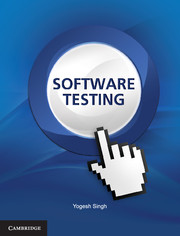
Software Testing
-
- Published online:
- 05 November 2012
- Print publication:
- 11 November 2011
On the hardness of game equivalence under localisomorphism∗
-
- Journal:
- RAIRO - Theoretical Informatics and Applications / Volume 47 / Issue 2 / April 2013
- Published online by Cambridge University Press:
- 05 November 2012, pp. 147-169
- Print publication:
- April 2013
-
- Article
- Export citation
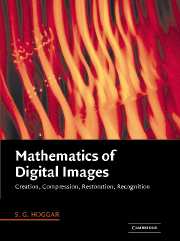
Mathematics of Digital Images
- Creation, Compression, Restoration, Recognition
-
- Published online:
- 05 November 2012
- Print publication:
- 14 September 2006
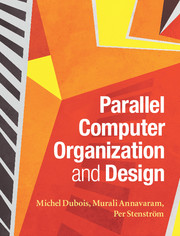
Parallel Computer Organization and Design
-
- Published online:
- 05 November 2012
- Print publication:
- 30 August 2012
-
- Textbook
- Export citation
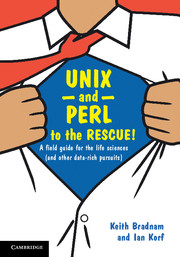
UNIX and Perl to the Rescue!
- A Field Guide for the Life Sciences (and Other Data-rich Pursuits)
-
- Published online:
- 05 November 2012
- Print publication:
- 19 July 2012
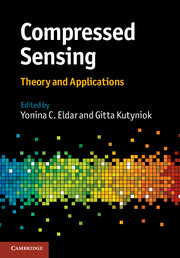
Compressed Sensing
- Theory and Applications
-
- Published online:
- 05 November 2012
- Print publication:
- 17 May 2012
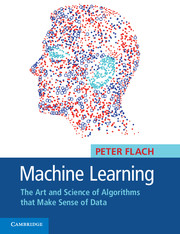
Machine Learning
- The Art and Science of Algorithms that Make Sense of Data
-
- Published online:
- 05 November 2012
- Print publication:
- 20 September 2012
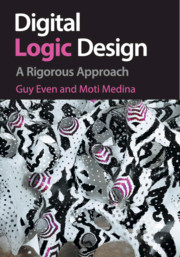
Digital Logic Design
- A Rigorous Approach
-
- Published online:
- 05 November 2012
- Print publication:
- 08 October 2012
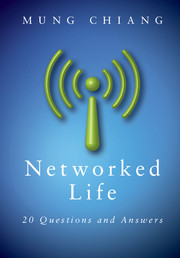
Networked Life
- 20 Questions and Answers
-
- Published online:
- 05 November 2012
- Print publication:
- 10 September 2012
Intelligent decision support and modeling
-
- Article
-
- You have access
- HTML
- Export citation
